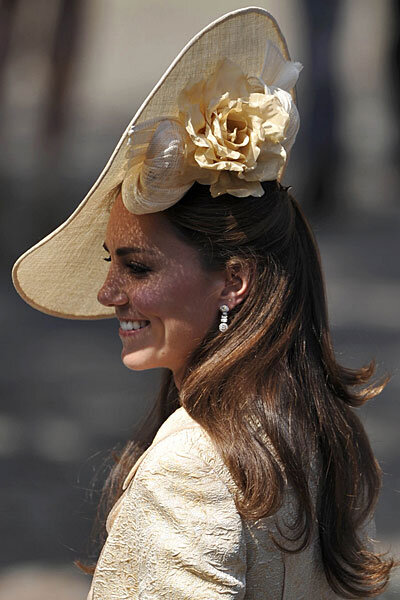In 1509, Henry VIII took the throne. But if first-born daughters had been eligible to rule, his elder sister Margaret Tudor would have taken power instead.
Margaret, the daughter of an English king and the wife of a Scottish king, made it her main political aim to unite England and Scotland. While Margaret’s life had tragic elements, she ultimately succeeded in her goal – albeit after her death – when her great-grandson become King James I of England in 1603. King James united the crowns of England, Scotland, and Ireland, and commissioned the King James version of the Bible – considered by some scholars as the finest work ever written in the English language.





